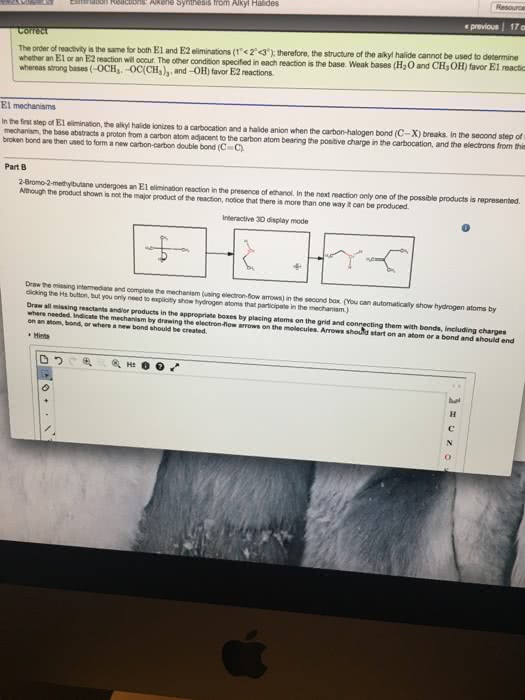CHEM 221 Lecture : Elimination reactions
Document Summary
This can occur easily if all the orbitals are in the same plane. (peri-planar: anti-periplanar geometry in elimination is very important for cyclohexanes. (hydrogen and lg must be axial to undergo anti-periplanar elimination). If either are in equatorial position, the reaction cannot occur. Poor leaving group disfavours both e1 and e2 mechanisms: 2 reasons why syn peri-planar is not good for transition state: because of the torsional strain and electrostatic interactions between the base and the alkyl halide. In an elimination reaction, a beta proton is removed together with the leaving group, forming a double bond. E2 mechanism: a base removes a proton, causing simultaneous expulsion of lg. (no intermediates formed) and the reaction is dependent upon both the substrate and the base. In a substitution reaction, the reagent functions as a nucleophile and attacks an electrophilic position. In elimination, reagent functions as base and removes a proton, which is easily achieved with a tertiary substrate (most effective)


